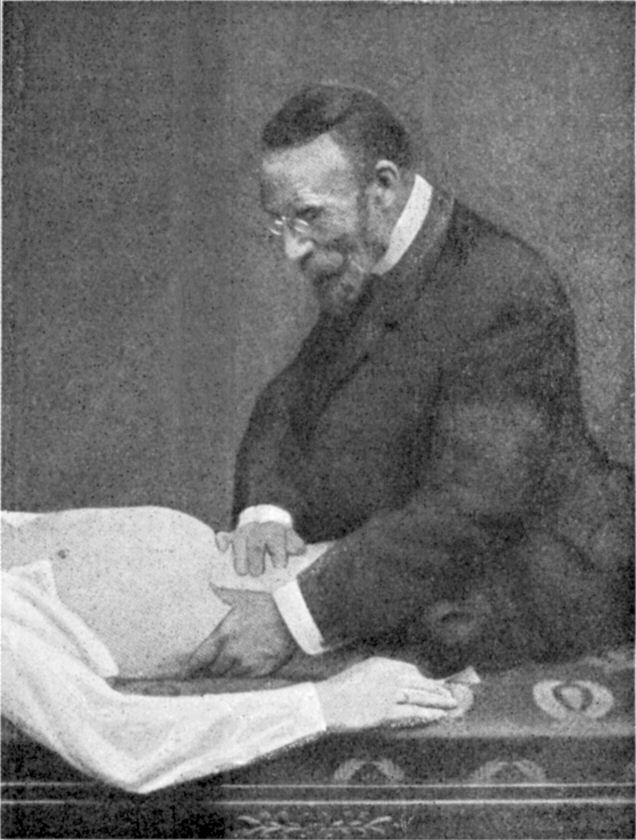Visceroptosis
Editor-In-Chief: C. Michael Gibson, M.S., M.D. [1]
Please Take Over This Page and Apply to be Editor-In-Chief for this topic: There can be one or more than one Editor-In-Chief. You may also apply to be an Associate Editor-In-Chief of one of the subtopics below. Please mail us [2] to indicate your interest in serving either as an Editor-In-Chief of the entire topic or as an Associate Editor-In-Chief for a subtopic. Please be sure to attach your CV and or biographical sketch.
Overview
| Visceroptosis | |
| ICD-10 | K63.4 |
|---|---|
| ICD-9 | 569.89 |
Template:Search infobox Visceroptosis (or enteroptosis) is a prolapse or a sinking of the abdominal viscera below their natural position. Any or all of the organs may be displaced downward.
When the intestines are involved, the condition is known as enteroptosis; when the stomach is found below its normal position, the term gastroptosis is used.
The disease exists in all degrees of severity and may give rise to no symptoms whatsoever.
Generally, however, there is loss of appetite, nervous dyspepsia, constipation, or diarrhea, abdominal distention, headache, vertigo, emaciation, and loss of sleep. Any or all of these symptoms may be present. The condition is brought about by loss of muscular tone, particularly of the abdominal muscles, intestinal autointoxication, with relaxation of the ligaments which hold the viscera in place.
In women, tight lacing has been held to be a frequent cause. The symptoms may be alleviated by supporting the organs with a properly applied bandage, or other similar device. Rest in bed, attention to diet, hygiene, exercise, and general muscular up building will cure the majority of cases. In others operation may become necessary.
-
Dr. Frantz Glénard (1848-1920)
Visceroptosis is also called splanchnoptosis, abdominal ptosis, and Glénard's disease, after a French physician Frantz Glénard (1848-1920).
- Glénard's test — The examiner, standing behind the patient, places his arms around the patient, so that his hands meet in front of the patient's abdomen; he squeezes and raises the viscera and then allows them to fall suddenly. If the patient feels relieved by the raising pressure and experiences distress on the release, the condition is probably one of splanchoptosis.[1] Also called girdle test.
- Glénard's theory — The theory that abdominal ptosis is a nutritional disease with atrophy and prolapse of the intestine.
- Stiller's theory — The theory that gastroptosis is due to universal asthenia characterized by weakness and laxity of the viscera.
External links
References
Template:SIB Template:Gastroenterology
Template:Skin and subcutaneous tissue symptoms and signs Template:Nervous and musculoskeletal system symptoms and signs Template:Urinary system symptoms and signs Template:Cognition, perception, emotional state and behaviour symptoms and signs Template:Speech and voice symptoms and signs Template:General symptoms and signs
